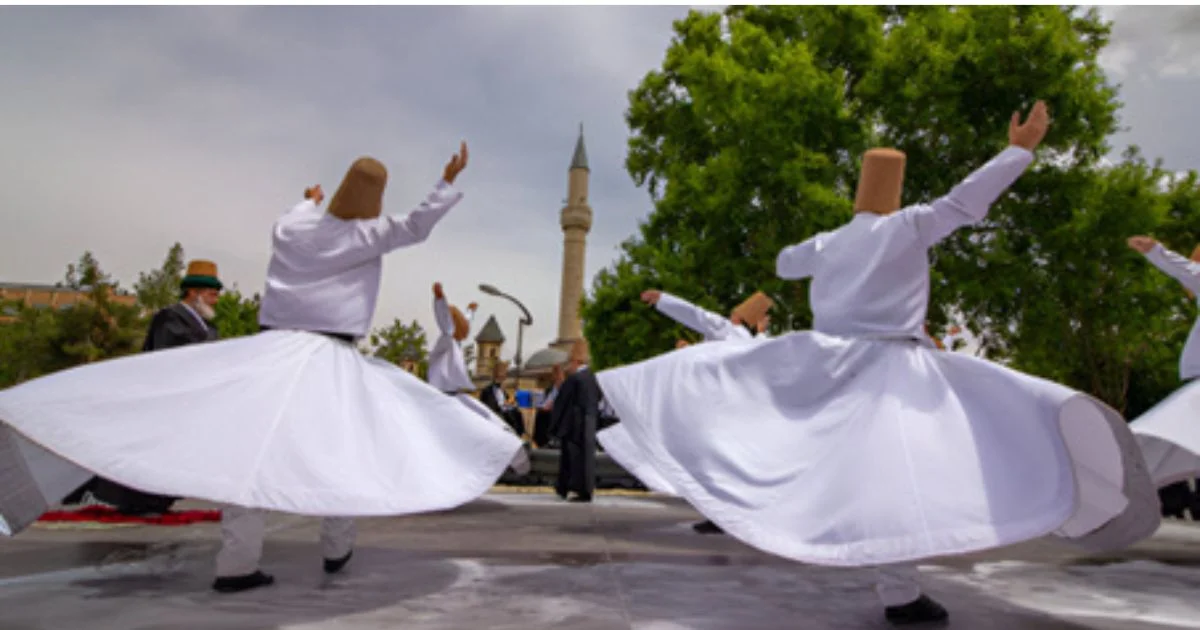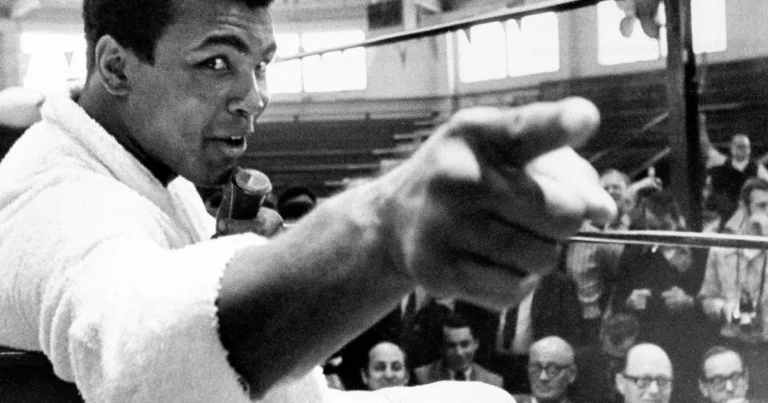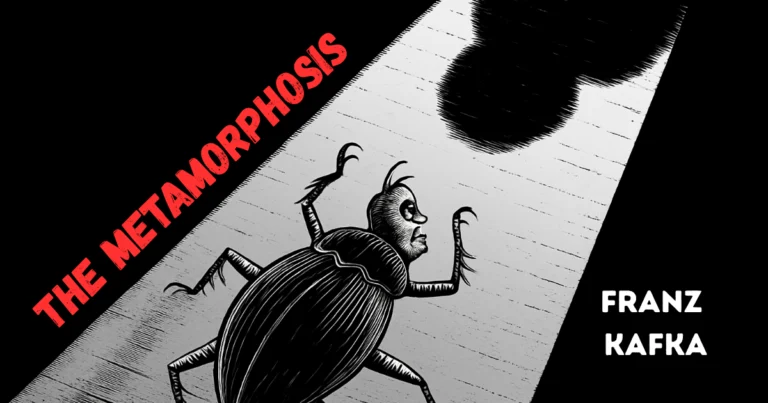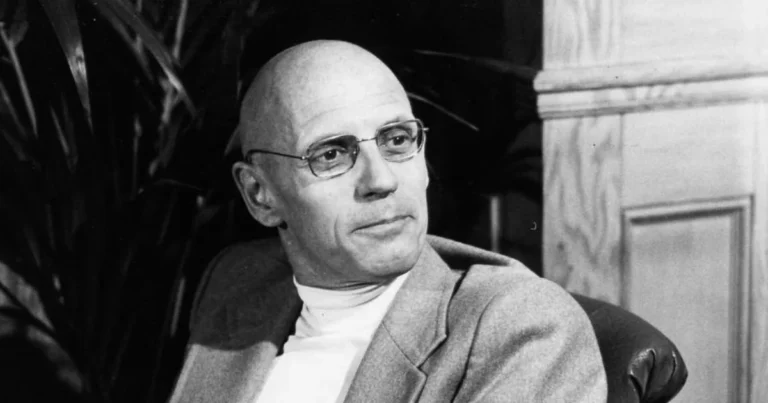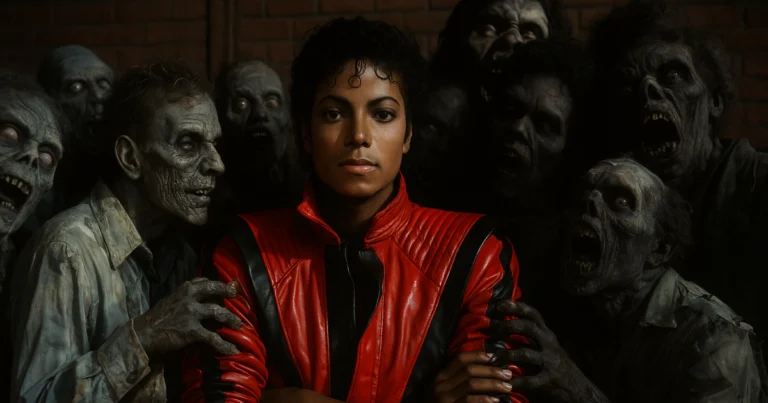Altered states of consciousness: Inside the sacred rotation of the Dervishes
For centuries, beneath the domes of ancient tekke lodges and to the echo of Rumi’s verses, men dressed in flowing white robes have spun tirelessly, their arms extending outward as if to touch the sky. This is no performance for spectacle. Rather, it is an act of surrender; to the breath of the divine, to the ecstasy of motion. Their ritual, known as the Sema, is not merely a choreography; it is a passageway, a threshold into an expanded reality, a transformed state of consciousness carved through the spiral of their rotation.
Recognizing the deep spiritual and cultural significance of this tradition, UNESCO inscribed the “Mevlevi Sema Ceremony” on its Representative List of the Intangible Cultural Heritage of Humanity in 2008. But beyond the symbolism, what actually unfolds within the minds and bodies of these whirling dervishes? How does spinning blur the boundaries of self and lead the practitioner into a state of grace?
Neuroscience and psychology are only beginning to decode the mysteries of such altered states of consciousness. By exploring how continuous spinning affects the brain and perception, we’ll uncover how the Sema bridges movement, spirituality, and inner transformation.
Whirling Dervishes: origins and spiritual meaning
The history of the whirling dervishes stretches back to the 13th century, rooted in Sufism and mystical poetry. Their tradition is traced to Jalal al-Din Rumi, the Persian spiritual master whose verses celebrate divine love and self-abandonment. As the founder of the Mevlevi order, Rumi saw dance as a path to illumination. Over the centuries, the Sema has endured through empires and upheavals, never losing its spiritual force.
Within the dim glow of the tekke, to the haunting sound of the ney and drum, dervishes launch into a dance that seems to defy time itself. Draped in white garments, they begin with a humble bow of the head; a gesture of submission to the divine; before surrendering to a controlled, infinite spiral. This spinning is no mere movement; it is an ascent, a dissolution of the self into the cosmic flow. Each turn becomes a silent meditation, an offering where the self fades to make space for the breath of the divine.
The ritual follows a precise structure, rich with symbolism: the black cloak they remove before spinning represents the shedding of ego; the white robe symbolizes a burial shroud; each step marks a stage on the path to enlightenment. One hand opens to the sky to receive divine energy, the other turns toward the earth to return it to the world. In this dance between the visible and the unseen, dervishes embody the perpetual motion of creation and the return to unity.
Even today, this ritual continues to draw seekers in search of spiritual elevation. But what happens in the brain during this continuous rotation? How does spinning alter perception and consciousness? Neuroscience offers some intriguing answers.
The neurobiology of spinning: How the body and brain respond
The vestibular system and balance
When dervishes begin to spin, a subtle dialogue unfolds between body and space. Each rotation challenges the vestibular system; the brain’s balance center nestled deep in the inner ear. Normally, such prolonged spinning would induce vertigo and disorientation. Here, however, something extraordinary happens: the body learns, adapts, and masters the motion. The inner ear, which usually interprets spinning as imbalance, gradually ceases to send distress signals. Rather than a sensory assault, the rotation becomes a harmonious rhythm; a controlled cadence where the intoxication of movement leads not to collapse but to a state of balance between the dancer and the surrounding universe.
The cerebral cortex and spatial perception
The brain is a living architecture, constantly reshaped by experience and repetition. When a movement is performed repeatedly, it is not only the body that adapts; the neural circuits guiding that motion evolve as well. The parietal cortex, a key region for spatial perception and motor control, reorganizes itself through practice, refining coordination and movement fluidity. This is how dancers, gymnasts, and elite athletes cultivate an intricate neural map that allows for heightened precision and balance.
For whirling dervishes, this repeated training may foster a unique form of neuroplasticity, where the brain continuously refines its internal wiring to better anticipate and integrate rotational movement. While the vestibular system plays a foundational role, it is the adaptability of the cerebral cortex that enables dervishes to spin for extended periods without confusion or disorientation. By forging new pathways between perception, motion, and spatial awareness, the brain seems to reinvent itself with each turn; pushing the boundaries of sensory-motor control.
Neurotransmitters and the experience of ecstasy
As dervishes surrender to the rhythm of the Sema, it’s not just their bodies that engage; their brains undergo a subtle biochemical transformation. Each spin, each sustained rhythm, appears to activate deep circuits of pleasure and transcendence, driven by a complex interplay of neurotransmitters. Research shows that repetitive, rhythmic physical activities like dance stimulate the release of dopamine and endorphins; chemical messengers that flood the brain with feelings of well-being and euphoria.
Dance, in particular, is known to activate the brain’s reward system, triggering increased secretion of oxytocin; the hormone of bonding and connection; and dopamine, associated with motivation and joy. Similarly, studies on deep meditation have revealed that contemplative states can elicit molecules linked to serenity and ecstatic experiences.
While science has yet to fully explore the neurochemical effects of the Sema, it’s tempting to draw parallels. The hypnotic flow of spinning, the steady cadence of movement, and the full-body immersion may amplify the release of these substances, offering a physiological explanation for the elevation and cosmic unity often reported by practitioners.
The default mode network and the dissolution of self
Our brains are never truly idle. When we’re lost in thought, recalling memories, or reflecting on ourselves, a specific brain network becomes active: the Default Mode Network (DMN). This network shapes our sense of identity, our inner narrative, and our perception of time.
However, certain experiences can suppress or quiet this network, altering our sense of self. Deep meditation, trance states, and indeed the Sema, all appear capable of deactivating the DMN. As dervishes spin, their attention gradually detaches from habitual thought patterns. Instead of focusing inward, they enter a state where the experience of being a distinct entity begins to dissolve.
This “ego dissolution” is a hallmark of many altered states of consciousness; whether in meditation, hypnosis, or psychedelic experiences. Neuroscience shows that when the DMN quiets down, individuals often report a profound sense of unity with their surroundings, as if becoming part of something greater. For whirling dervishes, this might explain why Sema is described as a mystical, spiritual experience; a moment of transcendence beyond the ego’s confines.
The psychology of trance: altered states and subjective experience
As dervishes lose themselves in the endless spiral of the Sema, they cross an invisible threshold; where time stretches, slows, or vanishes entirely. This phenomenon, well documented by researchers, mirrors trance states observed in hypnosis, transcendental meditation, and psychedelic experiences. In each case, reality appears transformed: attention shifts inward, the sense of self fades, and a feeling of oneness with the present moment emerges.
One of the most fascinating parallels lies with the psychological concept of “flow,” developed by Mihaly Csikszentmihalyi. This state; described by artists, musicians, and elite performers; occurs when one is fully immersed in an activity, where focus becomes so intense that effort seems to disappear. In flow, distracting thoughts vanish, fatigue dissolves, and a perfect balance between action and awareness emerges; where each movement flows effortlessly into the next.
For whirling dervishes, this total immersion is amplified by the ritual’s repetitive rhythm, the haunting music, and the centuries-old spiritual framework. This complete surrender brings about a profound shift in time perception: some describe a sense of eternity, others the total absence of past and future.
Through the trance of Sema, dervishes enter an experience echoed across other altered states of consciousness; a journey inward, where the boundary between self and world fades, leaving only the hypnotic rhythm of rotation as a cosmic echo.
Movement as a therapeutic tool: Dance and emotional regulation
The moving body is a language, a catharsis, a pathway to inner calm. To dance is to let the body say what words cannot; to transform tension and emotion into a harmonious flow. For centuries, the Sema has embodied this liberation, where spinning becomes a restorative breath, a motion toward profound well-being.
Like other rhythmic practices, the Sema directly impacts brain chemistry. By triggering the release of dopamine and endorphins, it activates the brain’s pleasure and reward circuits, inducing feelings of euphoria and calm. This isn’t merely anecdotal. Studies in dance therapy have demonstrated its effectiveness in reducing stress, anxiety, and depressive symptoms. Movement becomes a conversation with the self; a means of translating internal tension into balance and flow.
In the quiet space of therapy, words sometimes fall short of healing deep wounds. The body remembers what the mind has not yet verbalized; and this is where movement holds power. Increasingly used in psychiatry and psychotherapy, dance therapy helps explore buried memories by bypassing the barriers of language. Forms of dynamic meditation, inspired by the Sema, are now practiced to support emotional regulation; particularly for individuals dealing with anxiety, PTSD, or mood disorders.
The underlying idea is simple: when the body finds balance through movement, the mind often follows. Rotations, waves, and ritual gestures channel emotional and cognitive dynamics, grounding the individual in the present moment and fostering reconnection between body and mind.
Like yoga or mindfulness meditation, Sufi dance cultivates a heightened state of presence. It is not only a spiritual discipline but also a practice of deep bodily awareness; where every motion becomes a breath, every gesture a conscious act.
In a world where emotions are often repressed or misunderstood, practices like Sema offer a path to expression and centering. They help practitioners better attune to bodily signals, recognize emotions without judgment, and restore inner harmony.
More than a mystical rite, the whirling dance of the dervishes stands as a therapeutic process in its own right; where the repetition of movement becomes a tool for serenity, mental clarity, and the delicate yet vital balance between body, emotion, and consciousness.
The whirling of the dervishes remains an enigma; an experience that defies the rigid boundaries of science while captivating those who witness it. What dervishes truly feel as they surrender to the Sema cannot be fully captured by brain scans or biomechanical analyses. Vertigo fades, time stretches, and the ego dissolves; yet this experience remains profoundly subjective, rooted in a spiritual and cultural context that resists reduction to neural mechanisms alone.
Still, while science may not yet explain every facet of this altered state of consciousness, the therapeutic power of movement is undeniable. The impact of dance on emotional regulation, brain plasticity, and neurotransmitter release is well documented. But what of practices where movement becomes ritual; where dance serves not to express, but to transcend the self?
There is still much to learn about the connections between body and consciousness, between repetition and transformation. Perhaps Sema reminds us that no matter how advanced science becomes, some mysteries of the human experience remain ineffable. And it is precisely in these gaps between the measurable and the unexplainable that the enduring mystery of what it means to be human reveals itself.
References
Alberto Fabio Ambrosio (2010). Vie d’un derviche tourneur : Doctrine et rituels du soufisme au XVIIe siècle. Paris : CNRS Éditions.
Csikszentmihalyi, M. (1990). Flow: The Psychology of Optimal Experience. New York : Harper & Row.
Feuillebois, Eve & Ambrosio, Alberto & Zarcone, Thierry. (2016). Les derviches tourneurs, doctrine, histoire et pratiques, Paris : Cerf, 2006, 202 p

Amine Lahhab
Television Director
Master’s Degree in Directing, École Supérieure de l’Audiovisuel (ESAV), University of Toulouse
Bachelor’s Degree in History, Hassan II University, Casablanca
DEUG in Philosophy, Hassan II University, Casablanca

